Champagne Valentin Leflaive embodies the alliance between Burgundian heritage and Champagne excellence. Thanks to a...
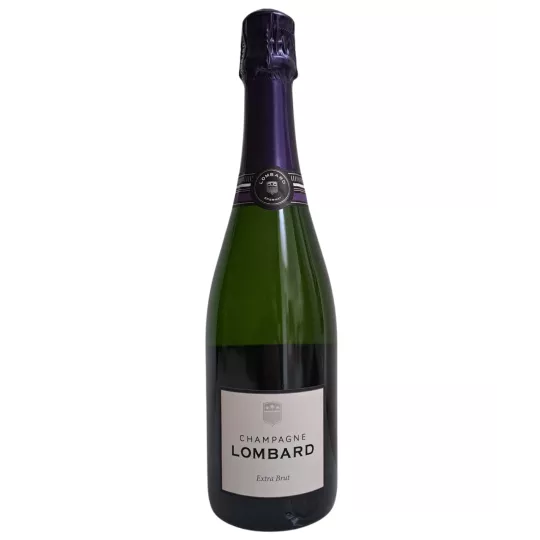
To receive delivery on December 24, orders must be placed before the morning of December 17.
Free delivery for purchases over € 210 in the E.U.
Club We Love Bubbles: Collect points with every purchase
| ❤️ CLUB We Love Bubbles: 100 € spent = 20 loyalty points |
| ❤️ CLUB We Love Bubbles: €100 spent = 20 loyalty points |
| ❤️ CLUB We Love Bubbles: €100 spent = 20 loyalty points |
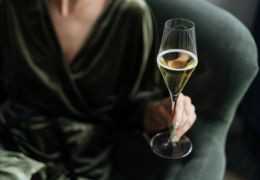
Champagne Valentin Leflaive embodies the alliance between Burgundian heritage and Champagne excellence. Thanks to a...
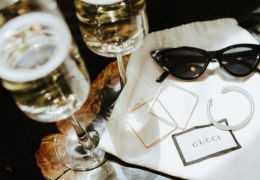
Champagne Petit et Bajan, founded in 2008 by Richard Petit and Véronique Bajan, embodies the alliance of two...

Champagne Napoléon, founded in 1825, embodies the perfect blend of family tradition and imperial prestige. Crafted...

Champagne Lebeau-Batiste, a family-owned winery in Chavot-Courcourt, embodies the combination of artisanal tradition...
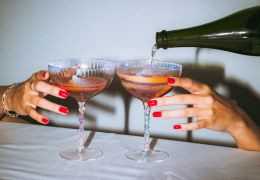
Champagne Telmont, founded in 1912 in Damery, embodies the perfect blend of family heritage and innovation. Its...
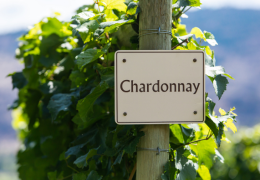
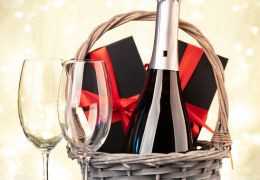
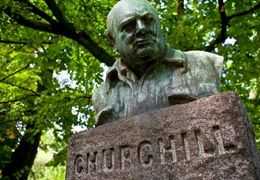
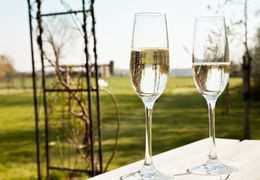
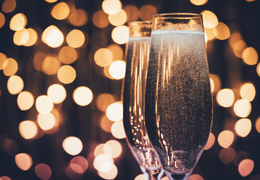






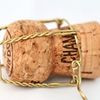

In the green valley of Champagne, where the sun caresses the gently sloping vines and where ancestral know-how is passed down from generation to generation, resides a sparkling treasure: Champagne. Its story is woven with mystery and celebration, joyful moments shared between friends.
But beyond its image of luxury and festivity, Champagne is above all an exceptional wine, shaped by unique terroirs and meticulous production methods. In this comprehensive guide, we delve into the world of Champagne, exploring its nuances, manufacturing secrets and taste wonders to illuminate your path to appreciating this legendary wine.
Champagne, this sparkling wine, is the result of a complex winemaking process. Unlike other wines, Champagne undergoes a second fermentation in the bottle, which gives it its delicate bubbles and foamy texture. According to statistics from the International Organization of Vine and Wine (OIV), France is the sole producer of Champagne, with more than 300 million bottles produced each year.
The Champagne region, located in the north-east of France, is world famous for its rolling vineyards and chalky soil, ideal for growing grapes. According to data from the Champagne Committee, this region is divided into five large wine-growing areas: the Montagne de Reims, the Côte des Blancs, the Vallée de la Marne, the Côte des Bar and the Aube region.
Tasting Champagne is much more than just the act of drinking sparkling wine. It is a rich sensory experience that engages all the senses. According to a study published in the Journal of Sensory Studies, Champagne tasting involves three main stages: visual examination, olfactory evaluation and taste analysis of the wine.
The great Champagne houses, such as Moët & Chandon, Veuve Clicquot and Dom Pérignon, embody the very essence of luxury and craftsmanship. According to data from the Syndicat Général des Vignerons, these prestigious houses produce a wide variety of vintages, ranging from Brut champagne to vintages, each with its own character and unique history.
The purchase and storage of Champagne requires a certain expertise to ensure the quality and longevity of the wine. According to a survey conducted by Vinexpo, the main distribution channel for purchasing Champagne remains specialized wine merchants such as We Love Bubbles, followed by supermarkets and online stores.
Champagne is not only an aperitif drink, but also an ideal companion for many dishes. According to gastronomy experts, food and wine pairings with Champagne can vary from classic (seafood and mature cheeses) to daring (spicy Asian cuisine and exotic dishes).
Over the centuries, Champagne has become a symbol of luxury, often associated with special occasions and festivities. According to an analysis of consumer trends, Champagne has also become a staple of popular culture, regularly appearing in films, songs and media events.
The myths and realities of Champagne: Despite its prestigious reputation, Champagne is surrounded by many myths and preconceived ideas. According to a study conducted by the Center de Recherche Interprofessionnel des Vins de Champagne (CRIVC), one of the most common myths is that all sparkling wines are expensive, when in reality there is a wide range of champagne prices for satisfy all budgets.
In conclusion, this article has explored in depth the fascinating world of Champagne, revealing its secrets and subtleties for sparkling wine lovers. From the complex production process to the emblematic wine regions of Champagne, through the large prestigious houses and the tasty food and wine pairings, we have taken a sensory journey through this legendary wine. Whether to celebrate a special moment or simply to savor a moment, Champagne continues to captivate minds and delight the taste buds with its timeless elegance.
Champagne remains a legendary wine, steeped in tradition and sophistication. Whether to mark a special occasion or simply to treat yourself, Champagne offers an unforgettable experience with each tasting. As we explore the nuances of this exquisite wine, we discover a world of pleasure and refinement that defies time and enchants the senses.
Q: What is the difference between brut Champagne and demi-sec Champagne?
A: Brut Champagne is drier than demi-sec, with less residual sugar.
Q: At what temperature should Champagne be served?
A: Champagne is generally served chilled, between 7 and 12 degrees Celsius.
Q: What is the recommended shelf life for a bottle of Champagne?
A: Most non-vintage Champagnes can be stored for up to 3-4 years, while vintages can age longer, sometimes up to 10 years or more.
Q: What distinguishes a Blanc de Blancs Champagne from a Blanc de Noirs Champagne?
A: A Blanc de Blancs Champagne is made from white grapes (Chardonnay), while a Blanc de Noirs Champagne is made from black grapes (mainly Pinot Noir and Pinot Meunier).
Q: What are the main Champagne houses?
A: Major houses include Pol Roger, Taittinger, Krug, and Deutz champagne, among others.
Q: Is Champagne exclusively reserved for special occasions?
A: Although traditionally associated with celebrations, Champagne can also be enjoyed during more informal moments, such as aperitifs with friends or champagne dinners for two.

 A Story Of Friendship: Champagne Pol Roger and Sir Winston Churchill
A Story Of Friendship: Champagne Pol Roger and Sir Winston Churchill Champagne-based cocktails
Champagne-based cocktails Champagne rosé
Champagne rosé Serve a good champagne
Serve a good champagne Where to buy Deutz champagne ?
Where to buy Deutz champagne ?Follow us